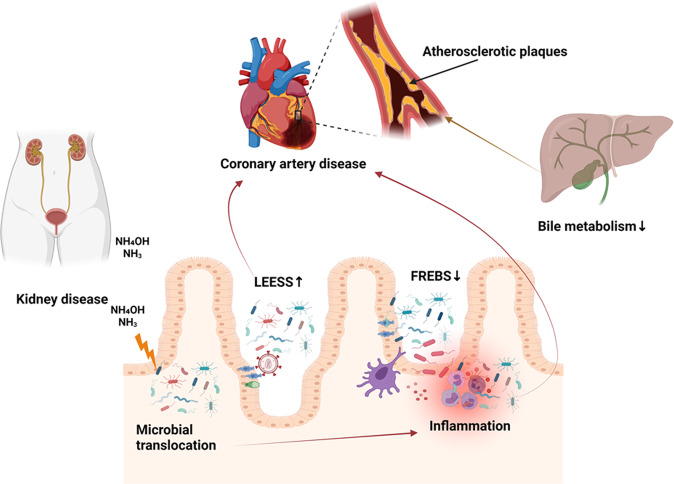Fig. 2. Microbiota’s contribution to atherosclerosis and CVD.
Ammonia (NH3) and ammonium hydroxide (NH4OH) resulting from kidney disease or the action of microbial urease and HIV infection in the gut contributes to microbial translocation and systemic inflammation. Microbes colonize atherosclerotic plaques enhancing progression of various atherosclerotic processes. Dysbiosis contributes to decreased bile formation that results in decreased cholesterol elimination and increased plasma levels of low-density lipoproteins. LEESE Lactobacillus, Esherichia, Enterococcus, Shigella, and Streptococcus, FREBS Faecalibacterium, Roseburia, Eubacterium rectale, Bacteroides fragilis, and Subdoligranulum.

